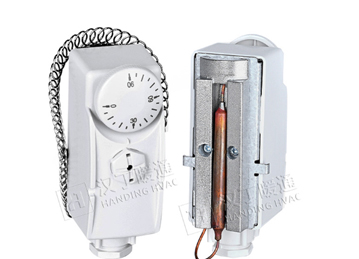 March 25, 2025
March 25, 2025A thermostat is a device designed to regulate temperature within a system or space, ensuring it maintains a desired set point. Here's a detailed breakdown of its primary uses and functions:

Temperature Control:
A thermostat monitors temperature changes and maintains stability in enclosed spaces. In systems with relays, valves, or switches, it triggers electrical signals when temperature deviates from a set point—activating heating/cooling to restore the desired temperature.
Energy Efficiency:
Reduces energy consumption by cycling HVAC systems on/off as needed. Programmable and smart thermostats optimize schedules, cutting utility costs.
Smart thermostats learn user habits, provide energy usage reports, and allow remote adjustments via apps.
Type examples
Mechanical: triggers the switch through the principle of metal thermal expansion and contraction.
Electronic: digital display, higher precision.
Smart thermostat: networking, voice control, energy saving report.
User Convenience:
Offers interfaces for easy temperature adjustments.
Advanced models integrate with home automation systems, voice assistants, or monitor air quality/humidity.
Safety:
Prevents overheating in heating systems or overcooling in refrigeration, avoiding hazards like fires or equipment damage.
Protects appliances from mechanical stress by maintaining stable temperatures.
The core goal of a thermostat is to maintain a comfortable/desired temperature using minimal energy, and it is an indispensable device in smart homes and industrial controls.
GET A QUOTE